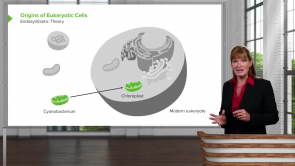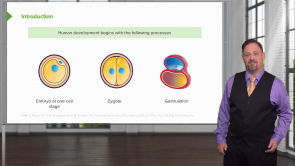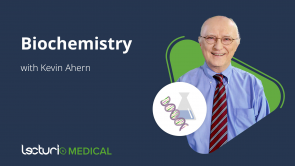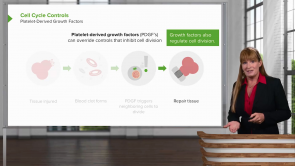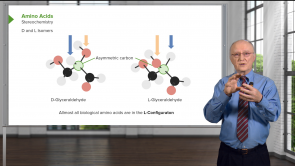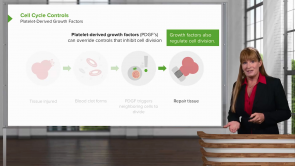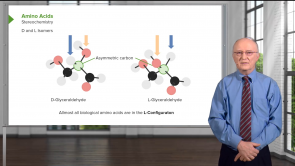Active Transport: Sodium-potassium Atpase – Biological Membranes

About the Lecture
The lecture Active Transport: Sodium-potassium Atpase – Biological Membranes by Kevin Ahern, PhD is from the course Biochemistry: Basics.
Included Quiz Questions
Which of the following best describes active transport?
- The movement of molecules across the membrane against their concentration gradients using energy.
- The movement of sodium ions across the membrane along their concentration gradients using energy.
- The movement of sodium ions across the membrane against their concentration gradients without using energy.
- The movement of water molecules across the membrane against its concentration gradient using the energy in the form of NADH2.
- The movement of water molecules across the membrane along its concentration gradient using the energy in the form of NADH2.
Which of the following statements is NOT true regarding the sodium-potassium ATPase pump?
- The Na+/K+ pump uses energy in the form of ATP to transport the Na+ and K+ ions along their concentration gradients.
- The Na+/K+-ATPase pump is embedded in the lipid bilayer.
- The Na+/K+ pump puts three Na+ ions out of the cell for every two K+ ions taken into the cell.
- The Na+ /K+ -ATPase pump generates a resting potential.
- The Na+/K+-ATPase is necessary to maintain osmotic balance within the cell.
What will happen if the Na+/K+-ATPase pump fails to work?
- The cells will swell and lyse due to higher osmolarity inside the cell.
- The cell will begin to lose water and shrink.
- The cell will keep on working as it does under normal conditions.
- The cell will start to grow and will divide into two cells.
- The cell will start to synthesize heat shock proteins to cope with the high salt concentrations around the cell.
These courses may be of interest to you
Customer reviews
5,0 of 5 stars
| 5 Stars |
|
5 |
| 4 Stars |
|
0 |
| 3 Stars |
|
0 |
| 2 Stars |
|
0 |
| 1 Star |
|
0 |

